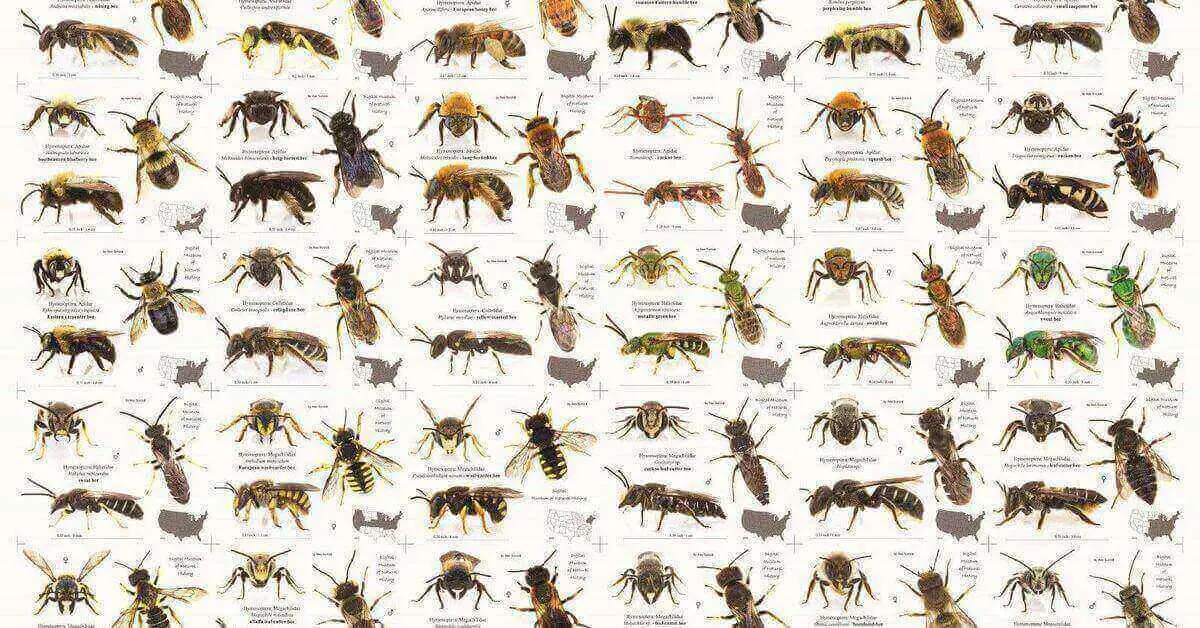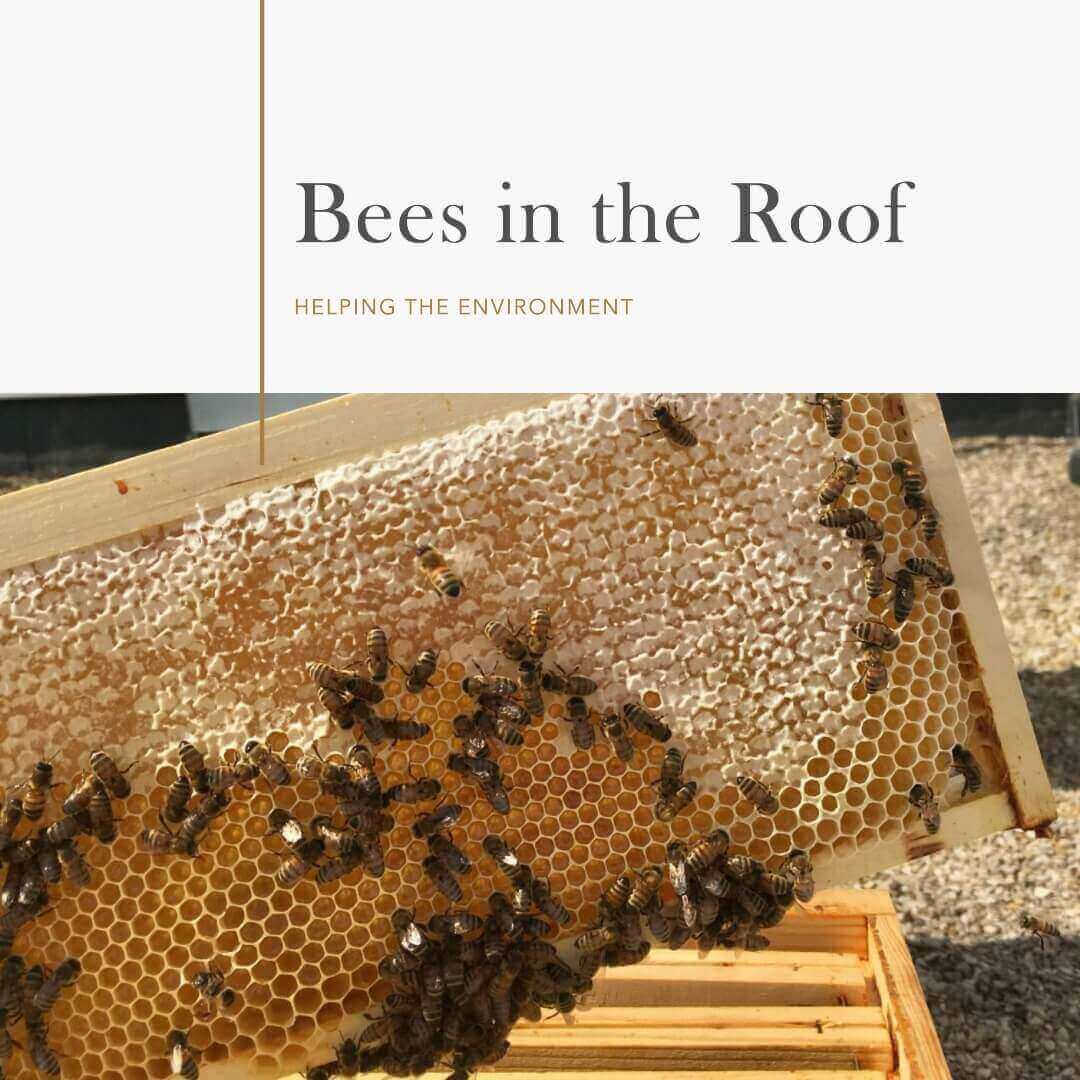Bumble bees, with their charming appearance and vital role in pollination, have captured the fascination of nature enthusiasts for centuries. These buzzing insects are not only essential for maintaining ecological balance but are also fascinating creatures with unique nesting habits. In this article, we will delve into the intriguing world of bumble bees Live, discovering their preferred habitats, nesting habits, lifespan, and their ability to survive without food.
Where Do Bumble Bees Live?
Bumble bees can be found in various regions across the globe, except Antarctica. Their distribution ranges from temperate and subarctic areas to tropical highlands. These adaptable insects are commonly spotted in gardens, meadows, woodlands, and even urban areas with abundant flowering plants. Unlike honey bees, bumble bees are less dependent on specific environments, allowing them to thrive in diverse habitats.
Bumble Bee Lifespan
The lifespan of a bumble bee is relatively short compared to other creatures in the insect kingdom. On average, bumble bees live between 4 to 6 weeks. However, the queen bumble bee enjoys a longer life span, which can extend up to a year or more under favorable conditions. The queen’s prolonged life is essential for the survival of the colony as she is responsible for laying eggs and initiating new generations.
Survival without Food
Bumble bees, like all living creatures, require sustenance to survive. They primarily feed on nectar from flowers and pollen, which provides them with essential nutrients and energy. However, bumble bees can display remarkable survival skills during harsh times. In the absence of food, worker bees may venture further from their nest in search of sustenance. Despite their efforts, their survival without food is limited to a few days at most. The queen, on the other hand, can endure for longer periods, up to several weeks, thanks to her larger size and stored fat reserves.
Where Do Bumble Bees Nest?
Bumble bees exhibit a preference for nesting in secluded and sheltered locations, where they can protect their colonies and rear their young undisturbed. Common nesting sites include:
- Underground Burrows: Bumble bees often nest in abandoned rodent burrows, as the soil provides a natural insulator and protection against extreme weather conditions.
- Grass and Leaf Litter: Some bumble bee species construct their nests in thick grass or leaf litter, providing a natural cover from predators and adverse weather.
- Empty Bird Nests: Occasionally, bumble bees take advantage of abandoned bird nests, occupying these cozy spaces for their colonies.
Bumble Bee Nest in Walls and Houses
It is not uncommon for bumble bees to inadvertently nest in walls or houses. While they don’t intentionally seek such locations, gaps in walls or cracks in structures may offer them convenient nesting sites. If you discover a bumble bee nest within your house, it is essential to seek the assistance of local beekeepers or pest control experts who can safely relocate the colony without causing harm to these beneficial creatures.
Related Posts:
How to Remove a Bumble Bee Nest?
- Locate the Nest: Identify the exact location of the bumble bee nest. Be cautious and observe from a safe distance to avoid any potential stings.
- Wait for Dusk or Early Morning: Bumble bees are less active during these times, making it safer to approach the nest.
- Wear Protective Clothing: Put on thick clothing that covers your entire body, along with gloves and a beekeeping veil or hat. This will help protect you from stings.
- Use a Soapy Water Solution: Mix a solution of mild liquid soap and water in a spray bottle. Wait until dark or early morning when the bees are less active, then spray the nest thoroughly with the soapy water.
- Remove the Nest: After waiting for a few hours to ensure the bees are not active, carefully and gently remove the nest using a long stick or tool. Place it in a sealed plastic bag or container.
- Dispose Properly: Once the nest is removed, seal the bag or container tightly and place it in a trash bin. Do not burn or leave the nest lying around, as this could attract other pests.
- Monitor the Area: After nest removal, keep an eye on the area for any bumble bee activity. If you notice any stragglers or new nests, consider contacting local beekeepers or pest control professionals for assistance.
Conclusion
Bumble bees are remarkable insects that enrich our environment through their crucial role in pollination. Their adaptability and ability to thrive in various habitats make them a vital part of our ecosystem. As we continue to coexist with these buzzing wonders, let us cherish and protect their nesting sites, ensuring their survival for generations to come.




